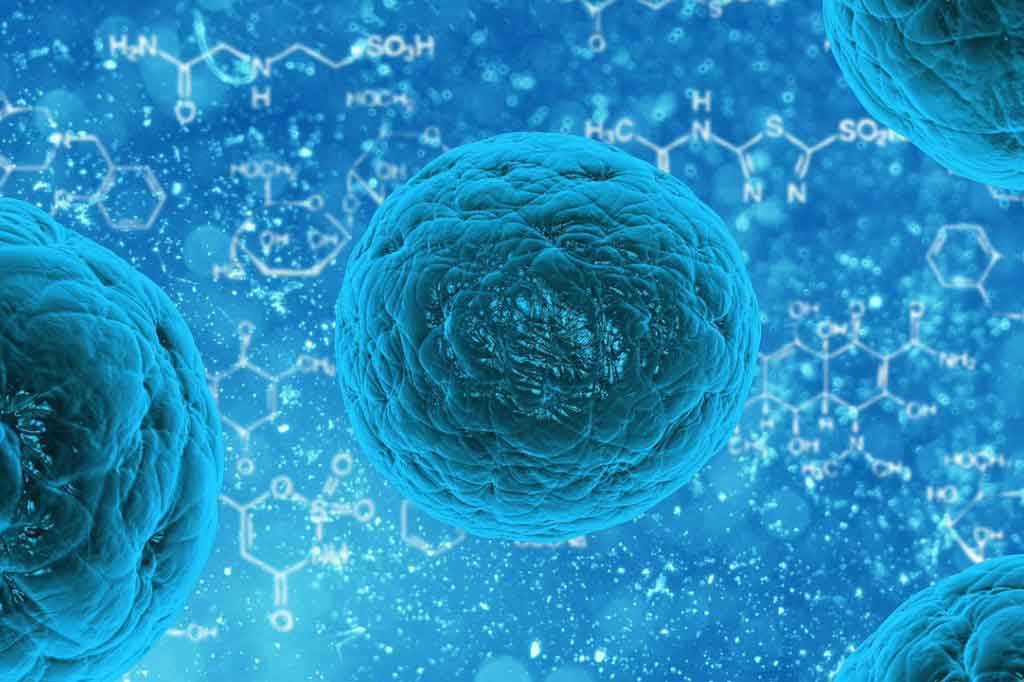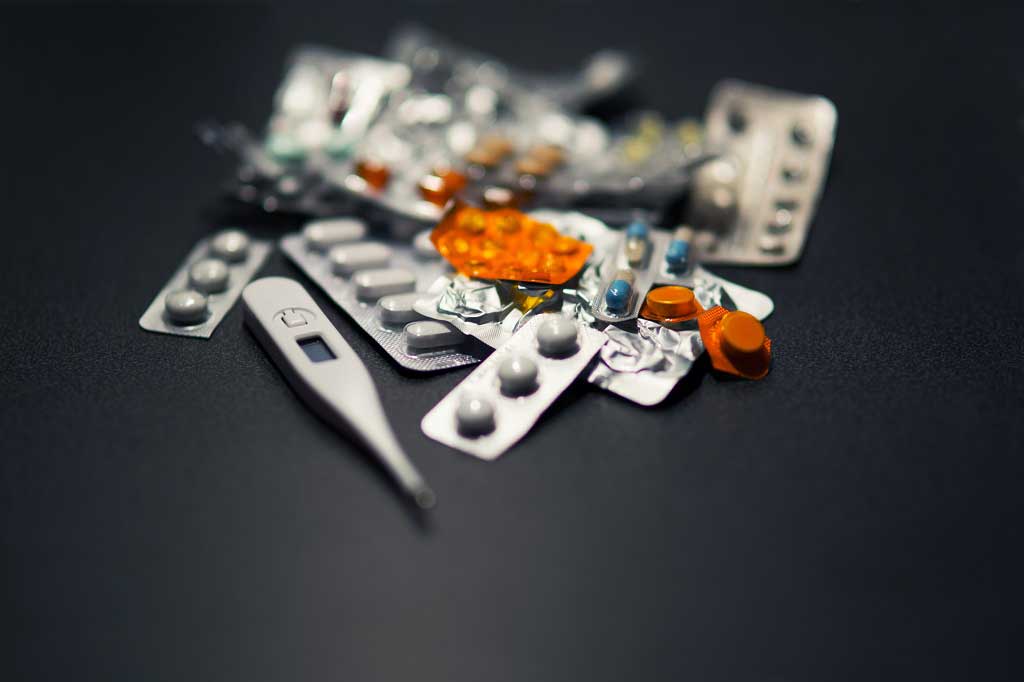Sibling risk of autism examined
Genetics and stem cells
“Siblings of autistic children are nearly twice as likely to develop the disorder than was previously believed,” The Independent has today reported. The newspaper says a new study has found that the brothers and sisters of children with autistic spectrum...
“Siblings of autistic children are nearly twice as likely to develop the disorder than was previously believed,” The Independent has today reported. The newspaper says a new study has found that the brothers and sisters of children with autistic spectrum disorder (ASD) have nearly a 19% risk of being diagnosed with the condition at age three. Previous studies had suggested that the figure was somewhere between 3% and 14%.
These findings come from a study which followed the development of 600 children with an older sibling affected by the condition. It is reportedly the largest study to investigate this question so far. Another strength of the study is the fact that all the children were assessed in a thorough and standardised way by clinicians involved in the research, rather than just relying on diagnoses made when the children's symptoms were reported to their family doctor. However, this very thorough assessment may also mean that more children were diagnosed with ASD than would be diagnosed otherwise. This could be contributing to the higher rates found in this study than in other studies.
The study itself did not include a control group of infants who did not have an affected sibling, so it does not provide a direct comparison of the chances of developing the condition in children with affected and unaffected older siblings. However, this figure is likely to be higher in siblings of affected children than in the general population because genetic factors are already thought to contribute to the risk of developing ASD.
Where did the story come from?
The study was carried out by researchers from the University of California and other research centres in the US, Canada and Israel. It was funded by the US National Institutes of Health (NIH), the United States–Israel Binational Science Foundation, the Canadian Institute for Health Research, and the Autism Speaks research foundation.
The study was published in the peer-reviewed medical journal Pediatrics .
The Independent, Daily Mail and BBC News have reported this research. The Mail and BBC headlines summarise the results of this research clearly, with reference to the actual risk in children with affected siblings. However, The Independent’s headline states that “siblings of children with autism more likely to develop condition”, which suggests that the study compared children with an affected sibling against some other group, such as those with unaffected siblings. This study did not include a comparator group, but has instead solely quantified the likelihood of a child developing ASD if they have an older sibling with the condition. However, the main text of The Independent’s article does explain the research clearly.
What kind of research was this?
This was a prospective, longitudinal study following the siblings (brothers and sisters) of children with autistic spectrum disorder (ASD), to determine how likely they were to develop the condition by the age of three.
The researchers report that ASD is more common in boys than girls, and that genetic factors are thought to play a critical role in whether a child is vulnerable to the condition. In conditions where genetics plays a role, siblings of people with the disorder are at greater risk of developing the disorder than those with no affected sibling. The researchers say that previous studies have found that children with an affected sibling have between a 3% and 14% risk of developing the condition themselves.
This type of study is appropriate for estimating the prevalence of the condition in the siblings of affected children. This can be compared with estimates of how common the condition is in the general population, to give an indication of whether children with an affected sibling are at greater risk. However, the study itself did not feature a control group to directly compare the ASD group against. Following a control group featuring similar infants with similarly-aged older siblings without the condition would allow us to compare the rates seen.
While we can compare the rates of autistic spectrum disorder seen in this study against other estimates, such as national averages, this may not give a clear impression of the difference in risk in children with and without an affected sibling. This is because all the children in the current study were assessed by expert clinicians to identify those with ASD, regardless of whether their parents reported that they had symptoms or not, something that does not happen in everyday clinical practice. This means that this study might therefore detect a greater proportion of ASD cases.
What did the research involve?
The researchers recruited 664 infants (aged up to 18 months) who had an older biological sibling with ASD. They went on to determine what proportion of these infants had developed ASD at the age of three.
The children were part of an international research initiative looking into the development of infants from the US and Canada with a high risk of ASD. The older siblings had to have been diagnosed with autistic disorder, Asperger’s syndrome, or a pervasive developmental disorder not otherwise specified. Their diagnosis also had to be verified by the researchers. Children with an identified neurological or genetic cause for their ASD (such as fragile X syndrome) were excluded.
Most (99.1%) of the participants in this study were full biological siblings of the older child with ASD. The remainder were half siblings. Removing these half siblings from the analyses did not affect the results, so they were kept in. Only one infant from each family was included in the analyses.
In order to classify younger siblings as having ASD, the child had to score above a certain threshold level on a standard symptom assessment test called the Autism Diagnostic Observation Schedule. They also had to be diagnosed with autistic disorder or pervasive developmental disorder based on assessment by an expert clinician.
The researchers also recorded other characteristics of the child and their families, and checked whether these were related to their risk of developing ASD.
What were the basic results?
The researchers found that 18.7% of the children (132 children) with an older biological sibling with ASD had ASD at the age of three.
Among these younger siblings, boys were almost three times as likely to develop ASD as girls, with 26.2% of boys affected compared to just 9.1% of girls. Children with more than one sibling with ASD were twice as likely to develop ASD (32.2% affected) than those with only one affected sibling (13.5% affected).
A child’s risk of developing ASD was not related to their age on entering the study nor to their older sibling’s gender or severity of symptoms.
How did the researchers interpret the results?
The researchers concluded that the risk of a child getting ASD if they had an older sibling with the condition was higher than previously thought. They say that their study is the largest to address this question so far. This – together with the fact that they collected data prospectively – means that these estimates are more reliable than previous studies.
Conclusion
This study suggests that the risk of a child with a sibling with autistic spectrum disorder developing the condition themselves at age three is just under one in five (19%).
As the authors point out, there are some strengths to the study, including the relatively large sample. Another strength is the fact that all the children were assessed in a standard way by clinicians involved in the research, rather than relying solely on a diagnosis by their own physicians. However, this very thorough assessment may also mean that more children were diagnosed with ASD than would be diagnosed otherwise, which could be contributing to the higher rates found in this study than in other studies.
In addition, this study did not include a control group of infants who did not have an affected sibling. This means it cannot tell us how much more likely a child with an affected sibling is to have the condition than a child without an affected sibling. However, the chance of developing ASD if a brother or sister already has the condition is likely to be higher than in the general population of similarly aged children, as genetic factors are already thought to contribute to risk of developing ASD. This study does help to estimate the risk in children with affected siblings.






 Subscribe
Subscribe Ask the doctor
Ask the doctor Rate this article
Rate this article Find products
Find products







